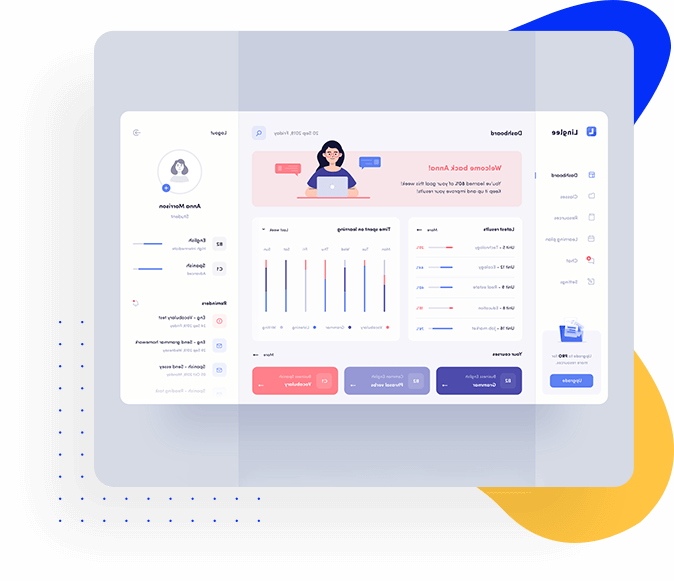



Reporting & Dashboards
An overview of all real-time outcomes
In a single click, you can analyze processes, monitor danger areas, and generate high-level reports. With real-time dashboards, you can track performance and KPIs, discover bottlenecks and opportunities, and plan for the future. There are no more delays or data refreshes because all reports and dashboards are displayed in real time. Reports that dynamically display relevant data based on user rights can be created, bookmarked, and shared.
- With a single system of record, you can centralize workflows and eliminate double data entry.
- Set up essential and unique fields to ensure high-quality data hygiene.
Getting Started
Implementing a CRM
Step 01
Create a customer journey map
You'll notice things a CRM solution can help with if you understand how you find and sell to customers. What's the end result? A solution that alleviates the administrative burden of keeping track of every lead and customer.

Step 02
Define your company's sales and marketing processes
All you have to do now is go through your major business/marketing questions one at a time once you've answered them all. You've got your company processes in place. That's the type of information you'll keep track of in your CRM.

Step 03
Migrating your customer information
A.csv file can be used to import contacts. This allows you to import many segments of your contact list at the same time. This allows you to 'tag' people as they arrive, eliminating the need to wade through your contact list and manually tag them afterwards. You can set up your other tools and automations after you've migrated your customer data.


